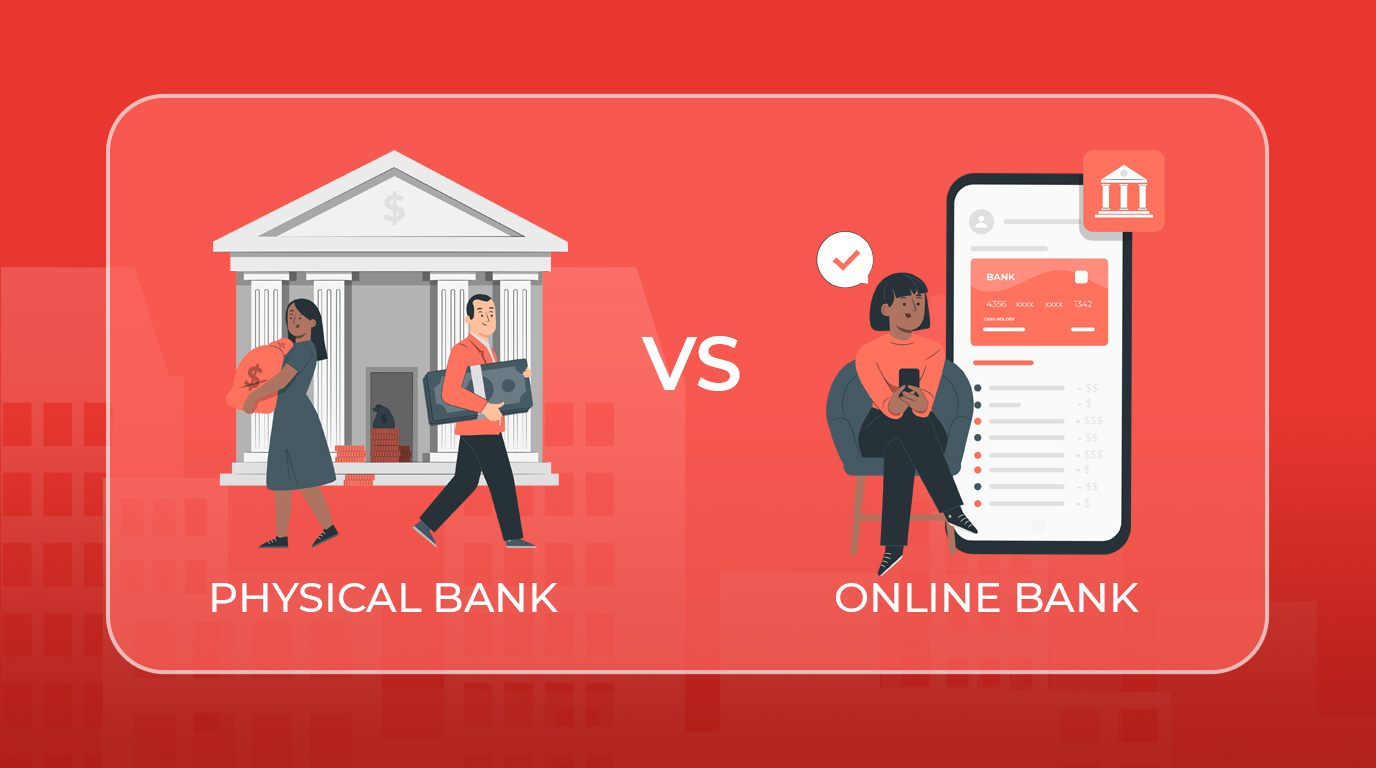In today’s fast-paced digital economy, businesses face crucial financial decisions that can significantly impact their growth and operational efficiency. One of the most important choices is selecting the right type of bank account—physical bank accounts or online-only accounts. Both options come with unique advantages and potential challenges. Making the right choice requires a clear understanding of these factors and how they align with your business needs.
Physical Bank Accounts: Traditional Banking with a Personal Touch
Direct Access to Branches
Physical bank accounts offer the convenience of visiting brick-and-mortar branches. Businesses benefit from in-person services such as cash deposits, withdrawals, and consultations with banking professionals. This is particularly advantageous for companies that frequently handle cash transactions. Having a local branch fosters trust and builds long-term relationships with bank staff.
Personalized Customer Service
Face-to-face interactions with bank representatives provide a personalized customer experience. Dedicated relationship managers can offer tailored financial advice, helping businesses navigate complex financial decisions. This human touch enhances problem-solving and contributes to a positive banking experience, especially for businesses valuing personalized service.
Online-Only Accounts: The Digital Advantage
Cost-Effective Banking Solutions
Online-only banks operate without physical branches, reducing operational costs. These savings are often passed on to customers through lower fees and competitive interest rates. Startups and small businesses, including newly formed LLCs, find this cost-effective model particularly appealing.
Advanced Digital Tools for Efficiency
Digital banks offer a wide range of integrated tools designed to streamline financial management. Features like automated expense tracking, accounting software integration, and digital invoicing help businesses maintain efficient operations. These tools enable real-time financial insights, enhancing decision-making and productivity.
Convenient Account Management
Opening and managing an online-only account is quick and hassle-free. Most applications can be completed within minutes, with no need for physical paperwork or branch visits. This convenience is ideal for tech-savvy entrepreneurs who prefer digital solutions for their business needs.
Challenges of Online-Only Accounts
Lack of Physical Branches
Without physical locations, online banks rely on third-party services for cash deposits and withdrawals, which may be inconvenient for businesses with high cash transactions. This limitation requires strategic planning to manage cash flow effectively.
Dependence on Technology
Online banking depends on reliable internet connectivity and digital devices. Technical glitches or connectivity issues can temporarily disrupt financial transactions. Business owners should have backup plans to minimize the impact of potential tech interruptions.
Making the Right Choice for Your Business
Assessing Business Needs and Operations
Evaluate your business’s daily operations, cash flow requirements, and strategic goals. A tech-focused company might benefit more from the digital tools offered by online banks. Conversely, a retail business dealing with frequent cash transactions may find physical bank accounts more practical.
Cost and Service Analysis
Compare account fees and service features across both banking options. Consider how these costs align with your business model and financial needs. The objective is to choose a banking solution that enhances financial efficiency and supports business growth.
Conclusion: Strategic Financial Decision-Making
Choosing between physical and online-only bank accounts is a strategic decision that depends on your business model, operational requirements, and financial goals. By understanding the pros and cons of each option, you can select a banking solution that maximizes efficiency, reduces costs, and supports your company’s growth. Make an informed choice to optimize your business’s financial strategy and leverage modern banking solutions for sustainable success.

